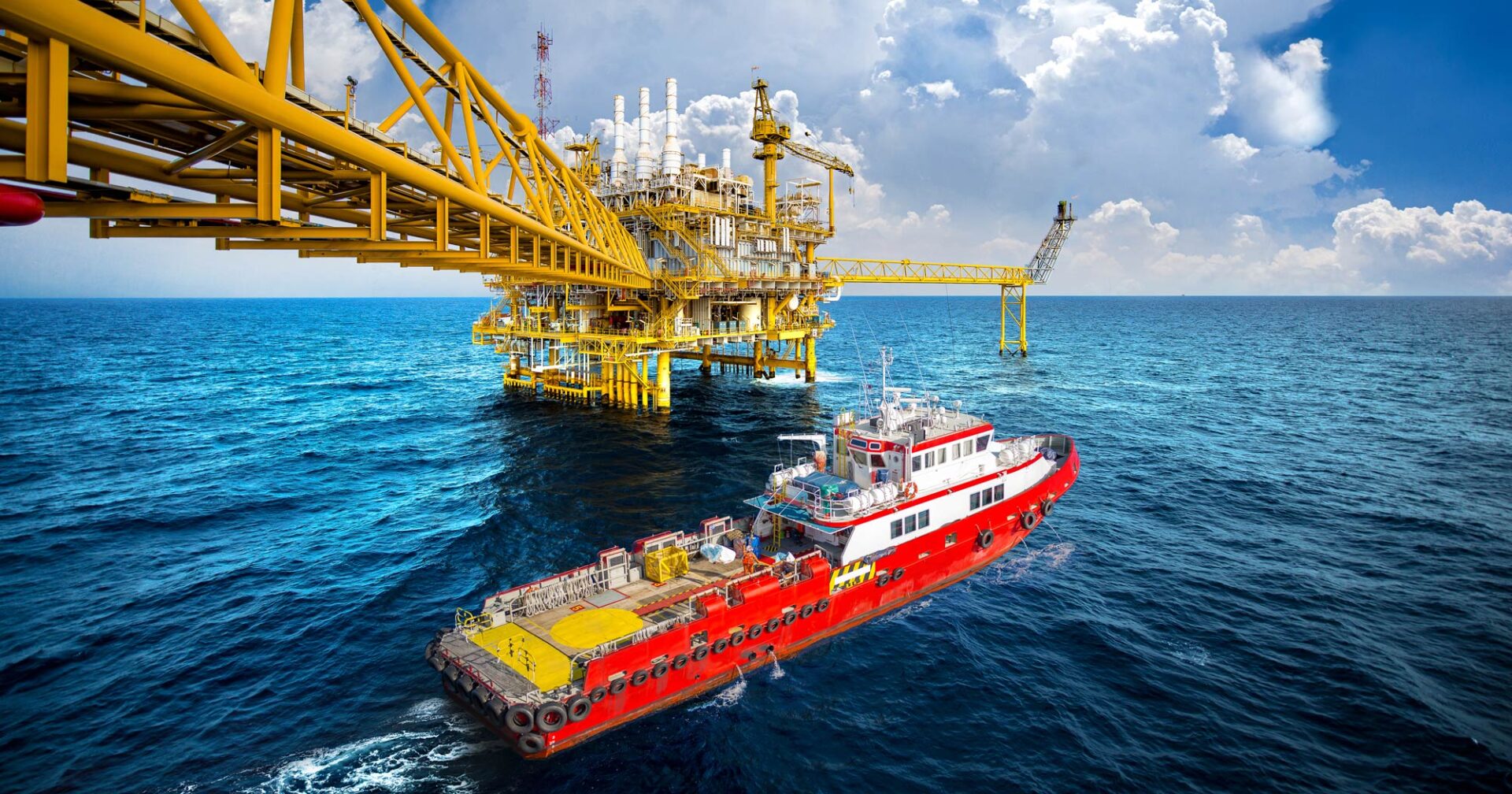The LowEmission centre is developing new technologies and concepts for decreasing the emissions from the international oil and gas industry. In addition to working on making the gas turbines more efficient and compatible with carbon-free fuels such as hydrogen or ammonia, the centre is looking into alternative technologies for generating the needed electricity.
A possible solution: fuel cells
Fuel cells are among the promising zero-emission technologies we examine as they convert hydrogen into electrical power and heat, emitting only pure water in the process. This technology has been around for decades and is currently being used everywhere from hydrogen-fuelled trucks to domestic combined heat and power units across Japan.
There are several reasons why fuel cells are attractive for offshore applications:
- Fuel cells are inherently modular and can be distributed across the platform or supply vessel, thereby making the most of the limited space available.
- Fuel cells can respond rapidly to load changes and are also efficient at low loads. This makes them ideal for balancing out the intermittent power generated by offshore wind turbines.
- Fuel cells are more efficient than gas turbines. Whereas the average gas turbine installed offshore today only can convert of 1/3 of the energy contained in natural gas to electricity, a fuel cell can convert nearly 2/3.
Obstacles to overcome
So why are there no fuel cells on offshore platforms yet? One concern is that the offshore conditions present some unique challenges such as low temperature, varying slopes (due to platform/vessel movement caused by waves or wind), and low maintenance frequency, for which the technology needs to be qualified. As part of the work on fuel cells in LowEmission, a review has been conducted on the status of commercial fuel cells and their suitability for offshore applications.
There are several types of fuel cells available, utilizing different material systems and operating at different temperatures. The review was focused on the two technologies considered to have the greatest potential for offshore application, namely the Polymer Electrolyte Membrane Fuel Cell (PEMFC) and the Solid Oxide Fuel Cell (SOFC).
Polymer Electrolyte Membrane Fuel Cell
PEMFC offer a high power density and are therefore attractive for applications where space is limited. The cells are operated below 100°C and are currently cheaper and more suitable for operation under highly dynamic conditions (fast start/stop and load changes). This is the fuel cell technology that is implemented in fuel cell vehicles designed by Toyota and Hyundai, for example. PEMFC are increasingly being considered also for maritime (ships) and stationary applications with several commercial manufacturers able to supply systems up to the MW scale.
Solid Oxide Fuel Cell
SOFC are operated above 500°C and generally bulkier and require longer start-up and shut down times. On the other hand, while PEMFC are limited to operation on pure H2, SOFCs can operate directly on a wide range of different fuels, including natural gas and ammonia. The high operating temperature means that the SOFC generates a high quality heat, which can be utilized for example in a gas turbine or steam bottoming cycle to produce additional electricity. The technology is currently primarily used for stationary power (and heat) applications but has been demonstrated also for mobile applications.
Testing and development
Both PEMFC and SOFC have already been tested onboard various types of vessels, demonstrating that the technologies can handle the special conditions that the systems may experience offshore. Several PEMFC stack and system manufacturers have in the recent years developed systems specifically engineered for maritime applications, for example Ballard, Nedstack and PowerCell. For SOFC, there are currently no commercial suppliers of a dedicated maritime system, but several manufacturers are involved in projects working to realise this.
The review found that both SOFC and PEMFC technologies have to a large degree been qualified for offshore operations, but that some uncertainties remain to be resolved. On the technical side, the uncertainties are primarily related to the system surrounding the fuel cell (balance-of-plant components such as compressors and gas recirculators) and how this will handle operation under highly dynamic conditions. A much greater barrier is the lack of regulations and infrastructure for distribution and storage of hydrogen.
In the coming year, the work in LowEmission will be focused more on the system aspects of fuel cell and their integration on offshore platforms. The LowEmission centre is also involved in testing and characterizing both PEMFC and SOFC.








Comments
This is a very interesting article! Fuel cells seem like a promising way to clean up the oil and gas industry, especially on offshore platforms. I wonder if the article could discuss the potential environmental impact of producing the hydrogen fuel itself. Also, are there any ongoing efforts to address the regulatory and infrastructure challenges for hydrogen mentioned in the article?
Hi Belma, Oil and gas industry plays a big role in the global economy and market as the world’s primary fuel source. I really appreciate the information you provided in this post about this industry that is really informative. Keep sharing such more posts.
As per study added by Value Market Research, the Global Fuel Cell Market was valued at USD 7 billion in 2017 and is likely to reach USD 16.64 billion by 2024 with the CAGR of 10%. A fuel cell is a device which produces electrical energy through a chemical reaction with oxygen or other oxidizing agents within it.Growing environmental concern coupled with the strict regulation in order to reduce carbon footprint is likely to upsurge the demand for fuel cell over the forecast period.See More @ https://www.valuemarketresearch.com/report/fuel-cell-market